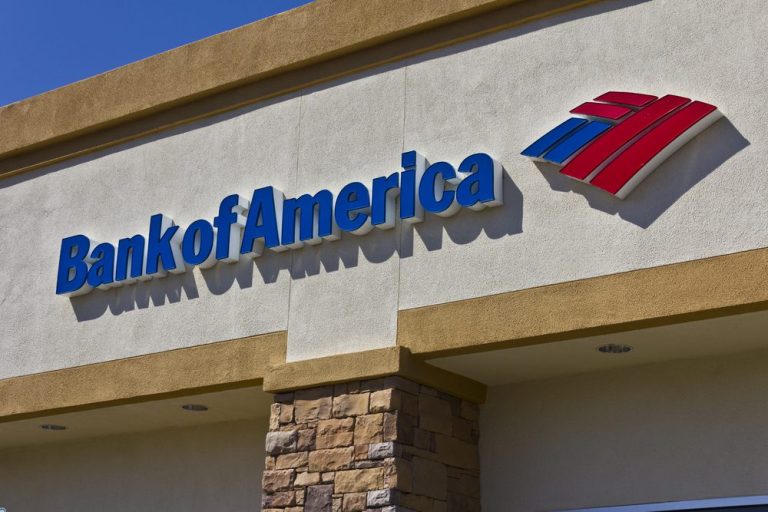
Bank of America is seeing more of its customers falling behind on their credit card payments.
Both the net charge-off rate and the delinquency rate of the bank’s BA Master Credit Card Trust II increased in August, though they remain below where they were in the pre-pandemic year of 2019, Seeking Alpha reported Friday (Sept. 15).
The net charge-off for the trust was 2.13% in August, according to the report. That was up from 1.89% in July, but below the 2.49% recorded in August 2019.
Similarly, the trust’s delinquency rate rose to 1.26% in August, compared with 1.24% in July, but remained below the 1.57% seen four years earlier, the report said.
The company’s principal receivables outstanding stood at $13.8 billion in August, meaning there was little change in lending activity compared to the previous month, per the report.
Consumers were largely paying off their cards and other loans until recently, but current headwinds may change that, PYMNTS reported in July.
Charge-offs and write-offs reported by banks hovered at manageable levels before the tide turned in July. At that time, the country’s six largest banks reported the highest rates of loan loss since the pandemic began. Credit card repayments were hardest hit.
“Credit continues to normalize,” Capital One Chief Financial Officer Andrew Young said on July 20, during the company’s quarterly earnings call.
Capital One CEO Richard Fairbank added: “Past charge-offs are the raw material for future recoveries, and we just lived through three years of very low charge-offs. So our recoveries will be unusually low in the short to medium term.”
Bank charge-off rates indicate possible trouble on the horizon as consumers increasingly miss monthly payments.
The current increases in these rates come at a time when consumers are struggling to keep up with rising costs and interest rates. At the same time, wages continue to lag behind inflation, and supplemental benefits have been cut.
PYMNTS Intelligence has found that financially damaging life events can have a significant impact on consumers’ personal finances. Even among consumers who are “credit-secure,” 16% of these consumers said that life events had led to them having trouble getting new lines of credit, according to “How Credit Insecurity is Changing U.S. Consumers’ Borrowing Habits,” a PYMNTS and Sezzle collaboration.